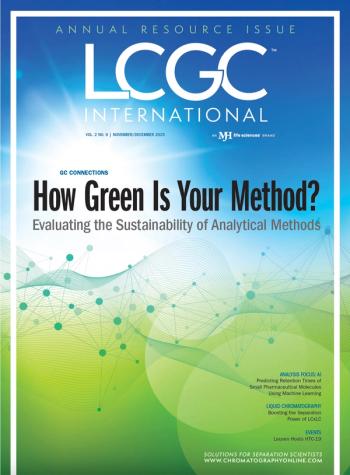
896 Professional Detector and 850 IC Amperometric Detector
Metrohm complements its portfolio of intelligent IC systems with an amperometric detector. As an alternative to conductivity and UV/VIS detectors, it can be used for efficiently determining electroactive compunds.
The new amperometric detector excels by its high selectivity and measurement sensitivity. It can be used for sensitive and accurate determinations down to the ng/L-range.
The detector features optimized measuring cells that are intelligent, maintenance-free, and easy to use. As a consequence of their three electrode design, they exhibit strikingly low noise and excellent signal strength. Electrodes in the usual materials of gold, silver, platinum, and glassy carbon are available for a wide variety of applications. The maintenance-free auxiliary and reference electrodes complement your detection system. This makes amperometric detection more robust and easier to use than ever before.
Depending on the application, the direct current mode (DC), the pulsed amperometric detection mode (PAD), the highly flexible integrated pulsed amperometric mode (flexIPAD), or the cyclovoltammetric mode (CV) may be used. The flexibility of the detector also includes the selection of the measuring signal: whether current or charge, users always benefit from reliable results.
Metrohm offers the amperometric detector in the form of an inlay detector (850 IC Amperometric Detector) or as a stand-alone detector (896 Professional Detector. Depending on the task, they can be operated in series or parallel to other analytical channels.
Email:
Web:
Newsletter
Join the global community of analytical scientists who trust LCGC for insights on the latest techniques, trends, and expert solutions in chromatography.



